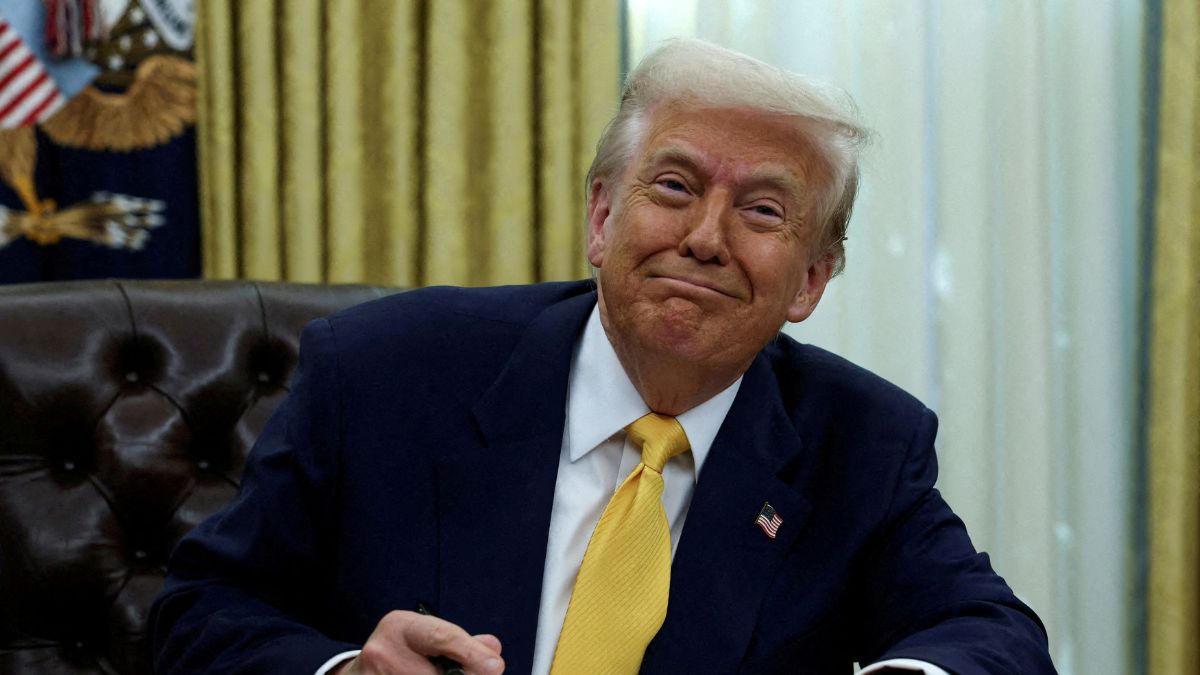Walking into your favorite shop and discovering that prices have surged overnight is a scenario that many might soon face, thanks to the proposed tariff strategy by US President Donald Trump. Set to launch on Liberation Day, these new tariffs are causing ripples across various industries, with expectations that the clamor surrounding their implementation will intensify.
Potential Economic Impact of Tariffs
The potential fallout from this tariff plan is significant. According to Emkay Global, if the US imposes blanket 10% tariffs, India could see a staggering loss of approximately $6 billion, equating to about 0.16% of its GDP. Should these tariffs escalate to 25%, the impact could soar to $31 billion. This uncertainty—whether the tariffs will be broad or sector-specific—adds to the anxiety among businesses and investors alike.
Key Sectors to Monitor
1. Electronics: A Shaky Future for iPhones?
Electronics stand out as India’s primary export category to the US, generating $11.1 billion in FY24, which represents around 14% of total exports. Notably, more than half of these exports consist of iPhones manufactured in India. If the US enacts reciprocal tariffs, American consumers may face higher prices for these devices. Given that Apple is already subjected to 40% tariffs on iPhones from China, additional tariffs on Indian-made products could disrupt its supply chain and diminish India’s appeal as a manufacturing destination.
Stocks to Watch:
- Dixon Technologies (a leading electronics manufacturer)
- Reliance Jio (risk of tariffs on 5G equipment)
- Bharat Electronics (defense electronics could face scrutiny)
2. Gems & Jewelry: Sparkling Concerns Ahead
India’s jewelry exports to the US are valued at $9.9 billion in FY24, accounting for 30% of total jewelry exports. The US market is vital for products like cut and polished diamonds and lab-grown stones. Currently, India imposes a 20% tariff on gold jewelry imports, while the US levies only 5.5-7%. If the US raises its tariffs to match India’s, the repercussions for Indian jewelry exports could be severe.
Stocks to Watch:
- Titan (Tanishq may face reduced export demand)
- Rajesh Exports (a significant player in gold jewelry)
- Vaibhav Global (heavily reliant on the US market)
3. Textiles & Apparel: A Potential Windfall?
The US represents a crucial market for Indian textiles, accounting for 28% of total textile exports or around $9.6 billion in FY24. While India trails behind China, Vietnam, and Bangladesh in the apparel segment, rising tariffs on Chinese products could redirect US orders to India, potentially benefiting the Indian textile industry.
Stocks to Watch:
- Page Industries (partner of Jockey, major apparel exporter)
- Welspun India (significant exporter of home textiles)
- Trident (supplier of bed and bath linens to the US)
4. Automobiles: Limited Exposure to Broader Tariffs
India’s automobile exports to the US totaled $2.6 billion in FY24, predominantly from auto components rather than passenger vehicles. While higher reciprocal tariffs could reach 70%, the overall impact on India’s automotive sector may be minimal due to its limited car and motorcycle exports.
Stocks to Watch:
- Bharat Forge (44% of revenue from US exports)
- Tata Motors (Jaguar-Land Rover sales may be impacted)
- Motherson Sumi (auto component exporter at risk)
5. Pharmaceuticals: A Pillar of Stability?
The US is India’s largest market for pharmaceuticals, with exports hitting $12.5 billion in CY24. India supplies nearly 47% of the US’s generic drug imports. Given the dependence of the US on Indian pharmaceuticals, significant tariffs here could lead to increased drug prices and disrupt supply chains, making it unlikely that this sector will face harsh tariffs.
Stocks to Watch:
- Dr. Reddy’s (48% of revenue from US)
- Sun Pharma (strong presence in the US market)
- Lupin (sensitive to regulatory changes)
6. IT Sector: Caught in the Crossfire?
The IT services industry relies heavily on the US, with major firms like TCS, Infosys, and Wipro generating over 50% of their revenue from American clients. While direct tariffs don’t impact IT services, restrictive policies could hinder outsourcing contracts and limit H-1B visa approvals, affecting companies that depend on onsite projects.
Stocks to Watch:
- Mphasis (79% of revenue from the US)
- Infosys, TCS, and Wipro (potential impact on stock prices)
Conclusion: Navigating Uncertainty
As the US-India trade relationship faces turbulence, not every sector will feel the same level of impact. Emkay Global suggests that the overall consequences may be less severe than initially feared, with auto, pharmaceuticals, and electronics potentially better equipped to withstand the storm. Meanwhile, sectors like gems, jewelry, and apparel may need strategic negotiations to mitigate significant losses.
For ongoing updates and analyses regarding the evolving trade landscape, stay tuned to trusted financial news sources.











